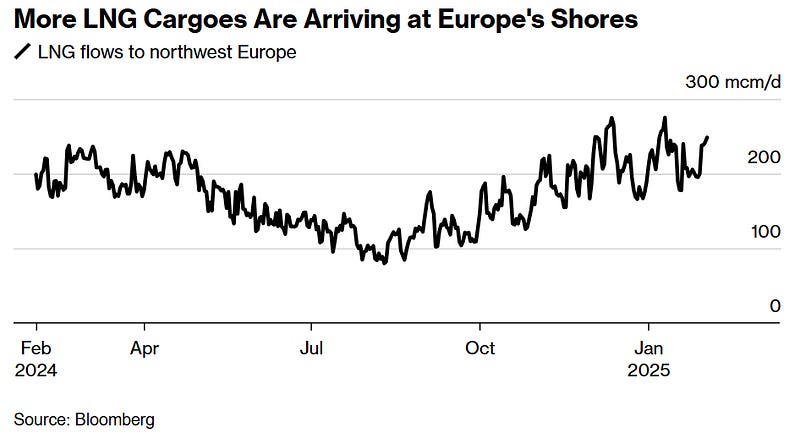

Supply of Russian premium grade coal, including LV PCI and MV PCI, is expected to decline significantly in the near future amid a number of issues on the network of Russian Railways (RZD) and lower coal exports, particularly shipments via northwestern and southern ports.
The worsening situation with coal delivery to Russian ports in May led to extension of transportation time to Far East terminals up to 43 days, while the average delivery time for cargoes from Kuzbass doesn’t exceed 20 days.
In recent months, Russian rail forwarders have faced numerous challenges, such as:
An additional negative factor in the northwestern and southern directions is the shortage of locomotives caused by their relocation to the Eastern range. At the same time, suppliers in the Far East were forced to declare force majeure and postpone loading of vessels to a later date, trying to fulfill all the commitments of the past month, but being subject to penalties.
The volume of PCI coal exports from Russia, with an estimated 50% share in the global market, amounts to 35 mio t per year, of which more than 50% or 19 mio t are shipped through northwestern and southern ports. Reduced Russian metallurgical coal supply will increase costs for steel producers as they will be forced to seek alternative exporters who may be less competitive with less stable supply, creating risks for the steel industry.
In January-May 2024, coal output in Kuzbass, Russia’s main high-quality coal mining region, declined to 86.8 mio t (-4.8 mio t or -5.3% y-o-y). Total Russian exports in January-May this year decreased to 80.6 mio t (-9.6 mio t or -10.6% y-o-y), while exports via southern ports collapsed by 55.6% to 5.9 mio t and via northwestern ports dropped by 11.5% to 23.3 mio t.
Source: CAA













